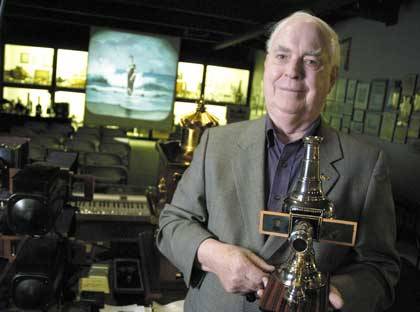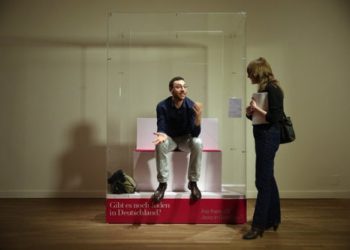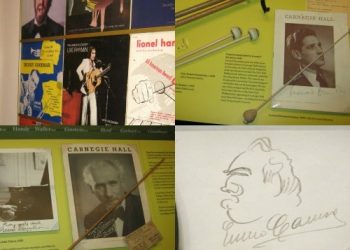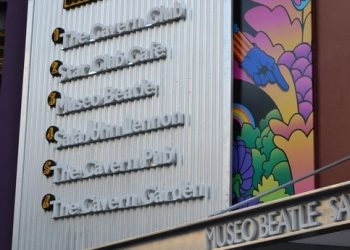In case you’ve never heard of a magic lantern, let me tell you. That’s why I’m here. The earliest known slide projector, Laterna Magica as it is sometimes called, dates all the way back to the seventeenth century when a German Jesuit first wrote about directing a light through a lens to project an image. Therefore, a camera obscura captures images, while magic lanterns cast them. Those images were first painted on glass and then projected with oil lamps (with much improved light over time) onto buildings, cloth drapes or wet screens. Unfortunately, most machines were kept in a separate room, with only the aperture visible, in order to scare people into thinking they were seeing magic or ghosts. Actually the first ever projected image in 1671 was of a person burning in hell. Nice. Until the use of the motion picture camera in the 1890s, the magic lantern and the zoopraxiscope were considered the only projection technology available. It is weird to think how magic lanterns impacted the world for over two-hundred years and then just disappeared into history, kind of like VHS and eight-track. Today the Magic Lantern Castle Museum in San Antonio, Texas houses a private collection of these historic projectors with 75,000 related objects, ephemera and historic text. Owned by Jack Judson, who started restoring and collecting them in 1986, the museum is by appointment only. But it is the only museum in the world dedicated to magic lanterns, proving once again there is a museum for everything.
















